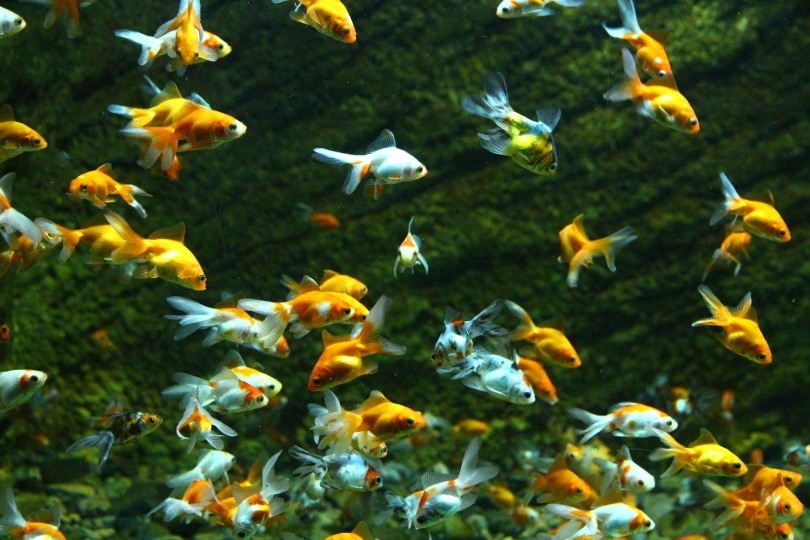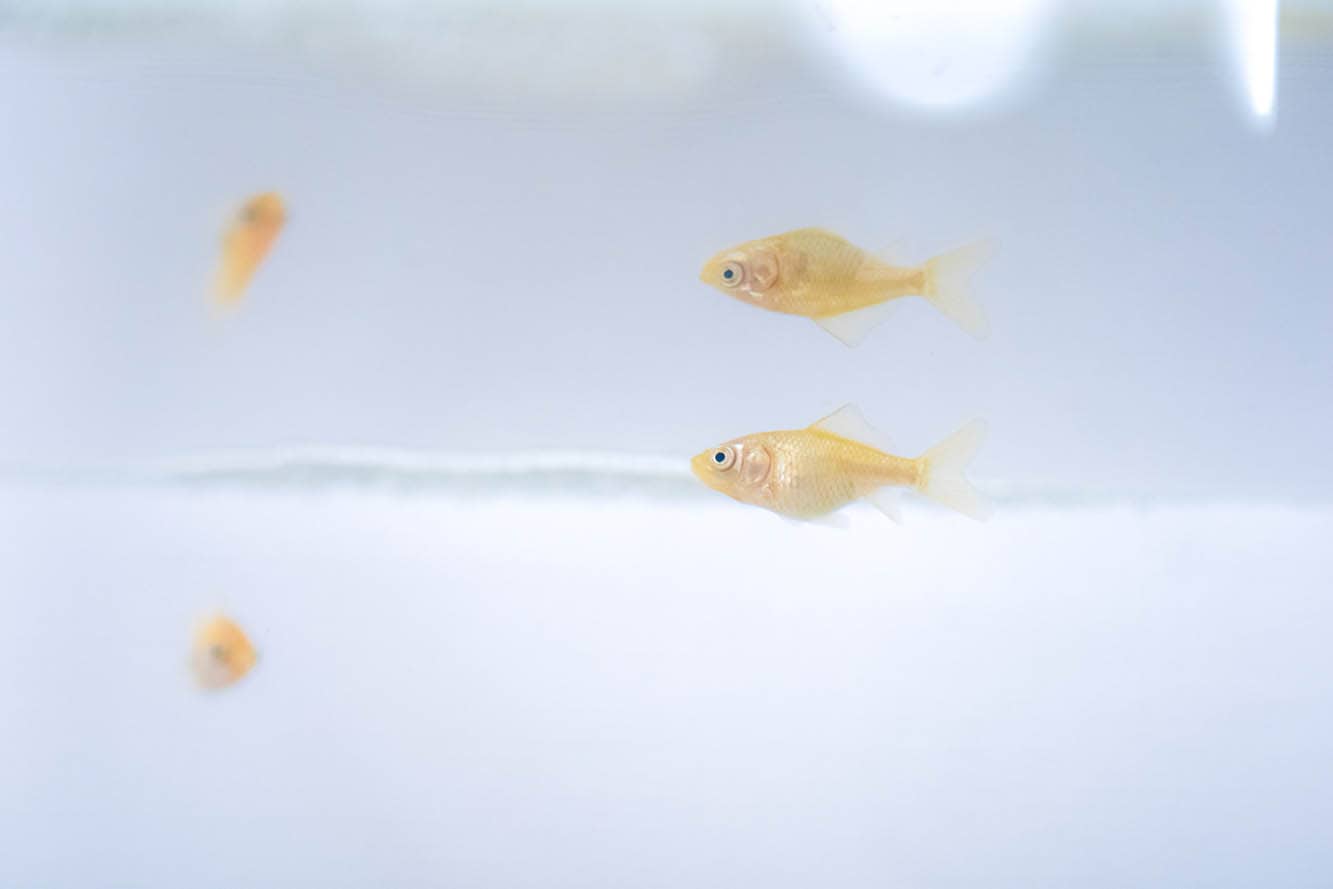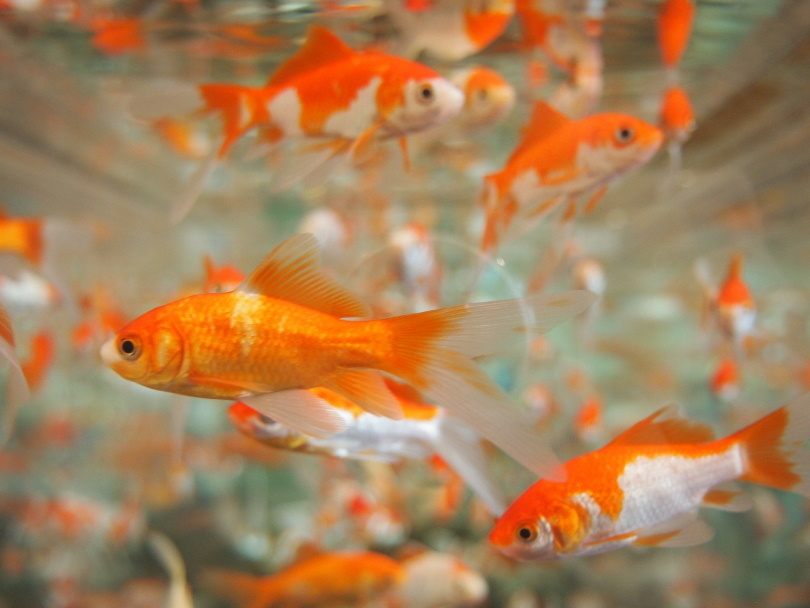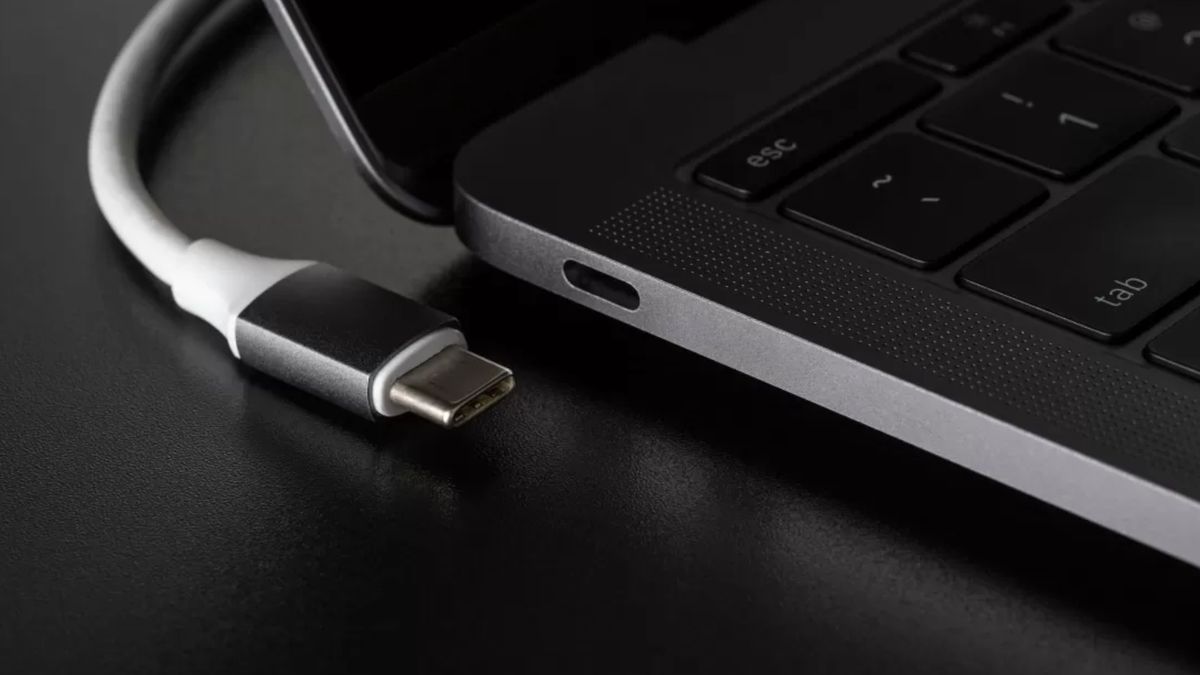

Having goldfish as pets is rewarding. Taking it to the next level and breeding your fish makes it even more enjoyable. However, it’s not as simple as putting a male and female together to let nature take its course. You have to prepare the setting and provide proper nutrition so the young can thrive.
When scientists talk about how offspring enter the world, they’ll refer to them as either altricial or precocial. The former are animals that are essentially helpless at birth, such as puppies, kittens, and humans. Others are ready to tackle the challenges of life right from the start, including ducklings and fish.
Evolution decides the path. Remember that the goal of an animal’s life is to live long enough to reproduce and pass on its genes. Altricial young have the benefit of parents — one or both — protecting them. It’s a different story for precocial animals. They are literally on their own from day one.

Setting Up a Temporary Home
Hobbyists often set up separate tanks for breeding adult fish for several reasons. It helps them focus on the goal without the distractions of competition and territorialism. It also protects the baby fish, or fry. While it may seem cruel, goldfish parents may eat their eggs. Opportunistic feeders won’t ignore a free meal.
It’s essential to plan ahead when breeding fish. A tank will take about 6 weeks to get fully established with the beneficial bacteria that will keep ammonia, nitrites, and nitrates in check. This time is necessary to avoid new tank syndrome, where spikes in toxic chemical compounds can make a tank inhabitable.

Breeding Goldfish
Goldfish, like many animals, rely on seasonal clues to trigger breeding responses. For example, birds and deer rely on the photoperiod or the length of daylight hours. Goldfish use temperature changes to signal the time for mating. To get your goldfish to breed, you must replicate the temperature uptick that occurs in spring.
The best way to do it is to proceed slowly to avoid shocking your fish. Remember that goldfish operate under a different time schedule that harkens back to their origins. That means you should lower the temperature of the tank’s water to around 50 degrees Fahrenheit to simulate winter and then raise it to 70 degrees Fahrenheit to replicate spring.
Once the trigger is set, then nature takes control. Males and females will start showing the telltale signs of mating behavior, such as chasing. The female will then show obvious signs of pregnancy, with a bloated abdomen. It will lay its eggs on anything that they can stick to, such as plants or structures in the tank.
The First Days After Hatching
Goldfish fry are quite vulnerable when they first hatch, about 3 days after being laid. That’s why it’s necessary to remove the adult goldfish from the tank. They can and often do eat their young. The best chance that the young have to survive is in a tank with nothing that will devour them.
While the fry are mobile, they cannot consume any food yet. The first few days mark a growth spurt, starting with the development of their mouths. Then, you can offer them brine shrimp. This food has a large amount of protein to support their development. You should also add fluke medication to the tank because they are also vulnerable to disease and parasites.
Not all the eggs will hatch and release the fry. That is another reason to treat the water. Dead fry can create toxic water conditions, just like uneaten food. Treatment will also keep the fungus in check. The fry will get bigger and start looking more like fish at this time.
Two Weeks of Growth
Growth and development take a great deal of energy. Therefore, you should plan on feeding the goldfish fry two or three times a day to keep them sated. However, optimal water quality is vital, so make sure to keep up with water testing and maintenance to keep the conditions right. Make sure to siphon out any uneaten food or dead fry to avoid spikes in ammonia or other toxins.
A delicate balance still exists during this time. Bear in mind that some of the fry might not survive for genetic reasons or disease. Your predator-free setup gives them the best chance. Ecologists call this reproduction r-strategy. Survival is dicey at best for offspring and adults. The latter will have large numbers of young, with little parental investment that at least some will live.
A healthy diet is an excellent way to give goldfish fry an edge that they wouldn’t necessarily have in the wild. You can also offer them crushed-up pellets or powdered foods. Follow the same best practices of feeding only what you see them consume.
Weeks Three and Four
You’ll see radical changes in the fry as they start to develop fins and begin to look like baby fish. That will help them become more mobile. High-protein food sources are excellent ways to provide them enough raw materials to support growth. You can also give them micro-worms, which are rich nutritional food.

One Month and Beyond
You’ll likely see a few fry perish no matter how diligent you are about feeding them. Nature often steps in and culls the ones that won’t survive into adulthood. You might need to take on that role yourself, as difficult as it may sound. Steadily increase the amount of food that you’re offering as the fry get larger. There is a difference between overfeeding and feeding to encourage growth, though.
You can give the fry a commercial diet that will satisfy their dietary needs for both plant and meat foodstuffs. Sinking foods or pellets are preferable. You’ll likely know by 6 months which fry are going to make it to adulthood based on their size, body shape, and feeding behavior. The most robust fish have the best chances of survival.

Final Thoughts
Feeding goldfish fry is a vital part of their survival. They have a much better chance of making it to adulthood in the artificial conditions of your tank setup than they ever would in the wild. Nevertheless, nature will cull the ones least likely to make that journey. Your job is to create the optimal environment and provide high-quality nutrition to help your goldfish take the next step.
Featured Image Credit: zoosnow, Pixabay
Nicole is the proud mom of Baby, a Burmese cat and Rosa, a New Zealand Huntaway. A Canadian expat, Nicole now lives on a lush forest property with her Kiwi husband in New Zealand. She has a strong love for all animals of all shapes and sizes (and particularly loves a good interspecies friendship) and wants to share her animal knowledge and other experts’ knowledge with pet lovers across the globe.






